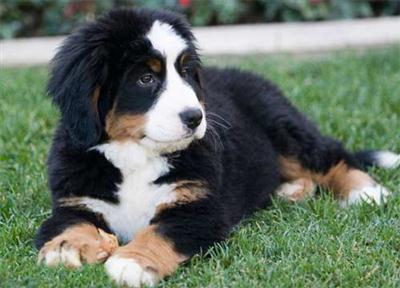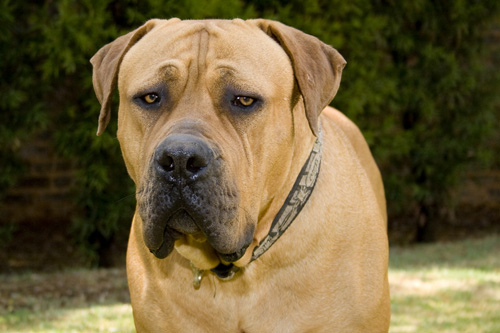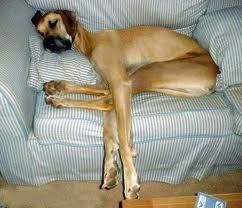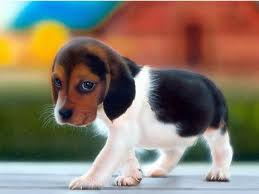Choosing the right dog breed is pretty difficult. There are hundreds, maybe thousands of breeds. So, how do you even begin choosing dog breeds?
You probably have a general idea of the breeds that might work. Once you’ve got a good idea of the breeds you’re interested in, talk to several owners of the breeds you’d like to buy. This will help you greatly when choosing the right breed of dog.
Breeds vary enormously in personality, and it’s crucial to consider if a breed’s personality matches you and your family’s needs. Different breeds were developed for different functions, and this can greatly influence their behaviors, so choosing dog breeds is a pretty difficult task.




